Top speed 212 km/h Wingspan 11 m Length 8.53 m First flight May 15, 1939 | Range 644 km Weight 837 kg | |
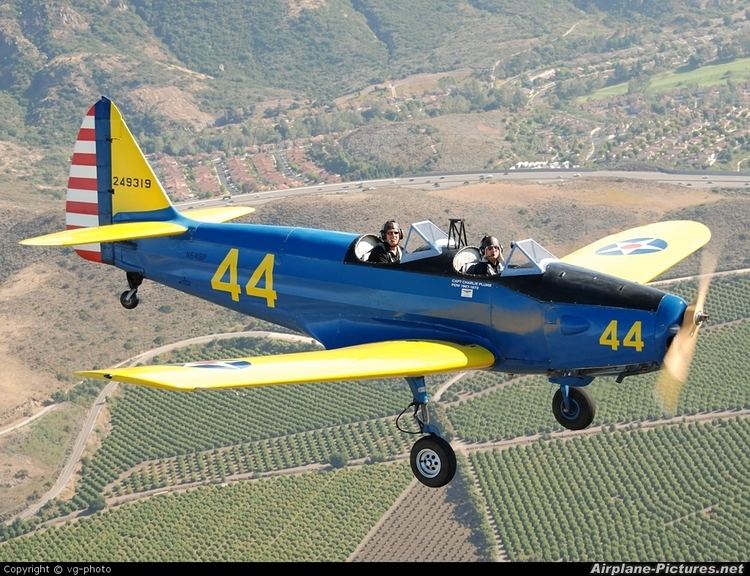 | ||
Fairchild pt 19 65cc 2800 mm
The Fairchild PT-19 (company designation Fairchild M62) is an American Fairchild Aircraft monoplane primary trainer aircraft that served with the United States Army Air Forces, RAF and RCAF during World War II. It was a contemporary of the Kaydet biplane trainer and was used by the USAAF during Primary Flying Training as the introductory pre-solo phase trainer for introducing new pilots to flying before passing them on to the more agile Kaydet. As with other USAAF trainers of the period, the PT-19 had multiple designations based on the powerplant installed.
Contents
- Fairchild pt 19 65cc 2800 mm
- Rc fairchild pt 19 flight at gilman springs ussm qualifier rc airshow
- Design and development
- Operational history
- Variants
- Operators
- Survivors
- Specifications PT 19A
- References
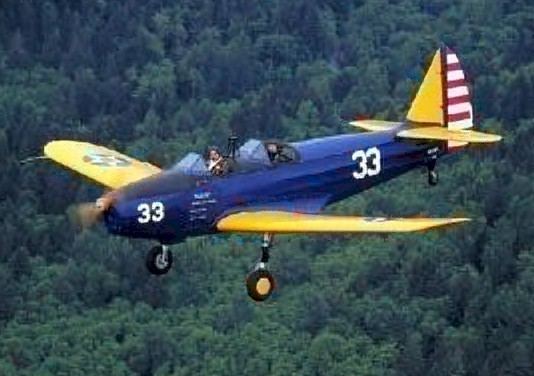
Rc fairchild pt 19 flight at gilman springs ussm qualifier rc airshow
Design and development
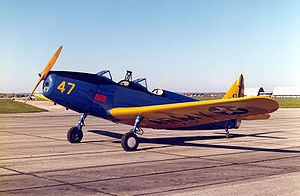
The PT-19 series was developed from the Fairchild M-62 when the USAAC first ordered the aircraft in 1940 as part of its expansion program. The cantilever low-wing monoplane with fixed landing gear and tailwheel design was based on a two-place, tandem-seat, open cockpit arrangement. The simple but rugged construction included a fabric-covered welded steel tube fuselage. The remainder of the aircraft used plywood construction, with a plywood-sheathed center section, outer wing panels and tail assembly. The use of an inline engine allowed for a narrow frontal area which was ideal for visibility while the widely set-apart fixed landing gear allowed for solid and stable ground handling.
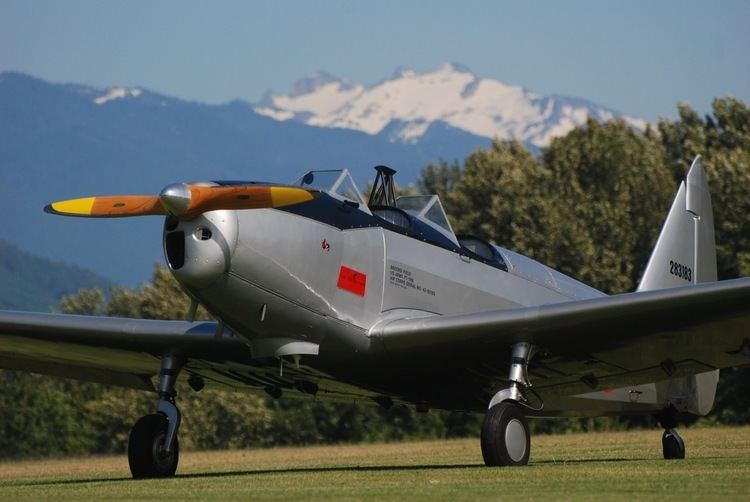
The M-62 first flew in May 1939, and won a fly-off competition later that year against 17 other designs for the new Army training airplane. Fairchild was awarded its first Army PT contract for an initial order on 22 September 1939.
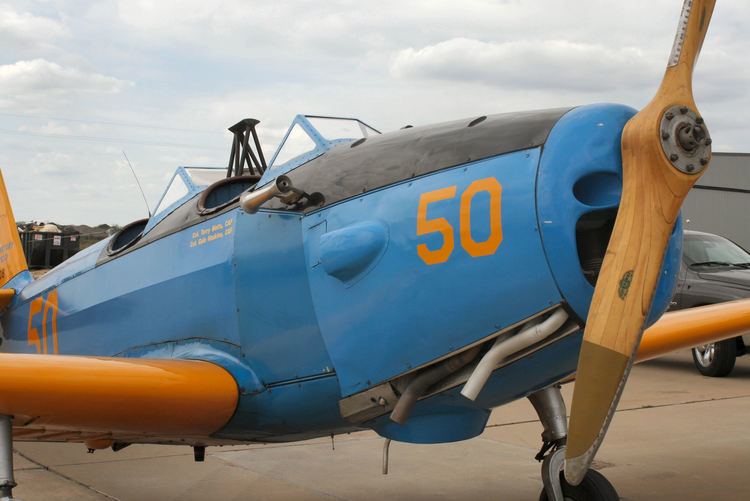
The original production batch of 275 were powered by the inline 175 hp Ranger L-440-1 engine and designated the PT-19. In 1941, mass production began and 3,181 of the PT-19A model, powered by the 200 hp L-440-3, were made by Fairchild. An additional 477 were built by Aeronca and 44 by the St. Louis Aircraft Corporation. The PT-19B, of which 917 were built, was equipped for instrument flight training by attaching a collapsible hood to the front cockpit.
When a shortage of engines threatened production, the PT-23 model was introduced which was identical except for the 220 hp Continental R-670 radial powerplant. A total of 869 PT-23s were built as well as 256 of the PT-23A, which was the instrument flight-equipped version. The PT-23 was manufactured in the US by Fairchild, Aeronca, St. Louis Aircraft Corporation and Howard Aircraft Corporation and in Canada by Fleet Aircraft Corporation as well as Fabrica do Galeao in Brazil (220 or 232 between 1944 and 1948).
During 1943, USAAF Training Command received a number of complaints about durability issues with the plywood wings of the PT-19 and the PT-23 when exposed to the high heat and/or humidity of training bases located in Texas and Florida. Maintenance officers at the USAAF overhaul depots had been forced to order replacement of the wooden wing sections after only two to three months' active service because of wood rot and ply separation issues. Subsequent to this incident, the USAAF incorporated a demand for all-metal wing sections on all future fixed-wing training aircraft.
The final variant was the PT-26 which used the L-440-7 engine. The Canadian-built versions of these were designated the Cornell for use by the British Commonwealth Air Training Plan which was centered in Canada.
Operational history
Compared to the earlier biplane trainers, the Fairchild PT-19 provided a more advanced type of aircraft. Speeds were higher and wing loading more closely approximated that of combat aircraft, with flight characteristics demanding more precision and care. Its virtues were that it was inexpensive, simple to maintain and, most of all, virtually viceless. The PT-19 truly lived up to its nickname, the Cradle of Heroes. It was one of a handful of primary trainer designs that were the first stop on a cadet's way to becoming a combat pilot.
These planes were delivered to various bases all over the country by WASPs (Women's Airforce Service Pilots) between 1942-1944.
Thousands of the PT-19 series were rapidly integrated into the United States and Commonwealth training programs, serving throughout World War II and beyond. Even after their retirement in the late 1940s, a substantial number found their way onto the United States and other civil registers, being flown by private pilot owners.
Variants
Operators
Survivors
As of 2011, there were 98 airworthy aircraft worldwide. One example is found at the Jimmy Doolittle Air & Space Museum, Travis Air Force Base, Fairfield, California.
Specifications (PT-19A)
Data from United States Military Aircraft since 1909
General characteristics
Performance
